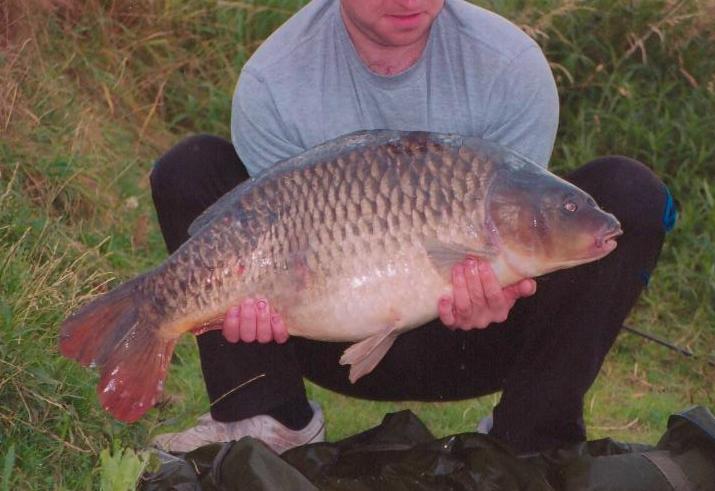Problems with Fishing Tight Lines
Many carp anglers today fish with tight lines straight to the lead. The line dives down at an angle from the rod tip to the lead, and to help hide the main line from carp patrolling closer to the bank, a back lead is commonly used. Back leads help pin the line down to a certain degree, but what if you’re fishing past weed beds? The line will push up and be exposed to patrolling carp. Also, what if those tight lines are passing directly across the tops of lake contours such as channels or troughs? In some swims this will cause the line to stand out like a sore thumb, especially if you’re fishing with rods staggered where one is at a distance and others are closer in the swim. Having the long distance line visible in the same swim may spook fish out of the swim altogether. These line problems may be detectable from a number of line bites. Fish may be swimming into the line because weeds are pushing it up or fish are swimming in-between channels and the line is not flat to on the bottom. Fishing with a slack line will help fix these problems.
Yes, fishing with slack lines may seem alien for many carp anglers, but so did the stiff link method at first. The great thing about fishing with slack lines is it gives most heavy mono lines to naturally drop to the bottom as it follows the general contours of the lake bed. A slack line has a better chance of dropping into the groves and troughs or forming to the contours of the weed deposits on the bottom. I believe slack lines may also be more effective if used along with a running rig. There is less chance of feeling any weight from the lead using a running rig, so carp may take the hook bait more confidently. The bait runner or clutch can then be set a little tighter so when fish move off with the hook bait and the line becomes taught the clutch will help set the hook.
Properly setting up running rigs should rarely give a drop back bite indication!
Fishing with slack lines will cause a problem when trying to set the swinger on a pod, however a properly set up running rig will mean a bobbin, or swinger, may not be required. The lead will anchor itself into the soft bed, and a loose rig will allow the line to be drawn through the rig ring if the hook bait is taken. This means that even if you are fishing tight up against an opposite bank, and a carp swims with the hook bait towards you, the lead should stay anchored in place, and the main line will tighten to the reel. Because the lead doesn’t move there cannot be a drop back indication, thus a bobbin shouldn't be required.
In heavy wind this system may not be possible, but if the wind is only slight, a light back lead can then be used to counter the effects of the wind on the bite alarm. I have used this type of method effectively when fishing on silt beds.
Other Carp Fishing Advice:
How much Gap from Hook Bait to the Hook Bend?
How to Catch Carp in Snags & Under Tree lined Areas
Using Single Bait Methods to Catch Out Large Carp
How to Tackle Crayfish Problem Fishing For Carp
What Area to Choose When Fishing a New Lake
How to Catch the Carp from Margins of Pools
Pre-Bait Fishing Tactics to Trick Huge Carp
Fishing for Carp in Mid-depth Water Using Zig Rigs
How to locate Shoals of Carp in the Springtime
How to Locate Big Fish in Local Lakes During Summer
What are the Best Baits for Catching Big Carp?
What is the Ideal Length for Hair Rigs Making Carp Rigs
How Does Raining Affect Carp Feeding Patterns?
Fishing Reports on Linears Lakes - Hardwick & Smiths
How to Stalk for Large Carp in the Margins
Can We catch Big Carp On Cheap Bait?
